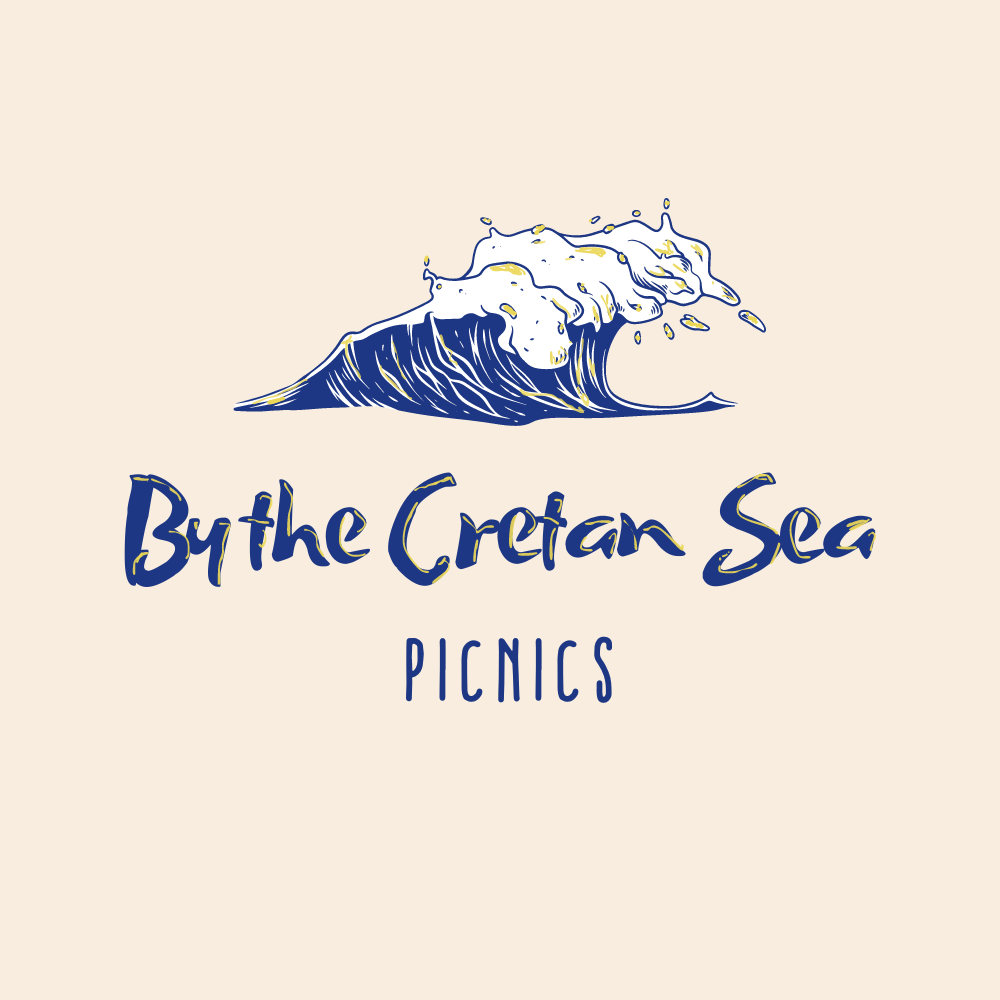Your cart is currently empty!
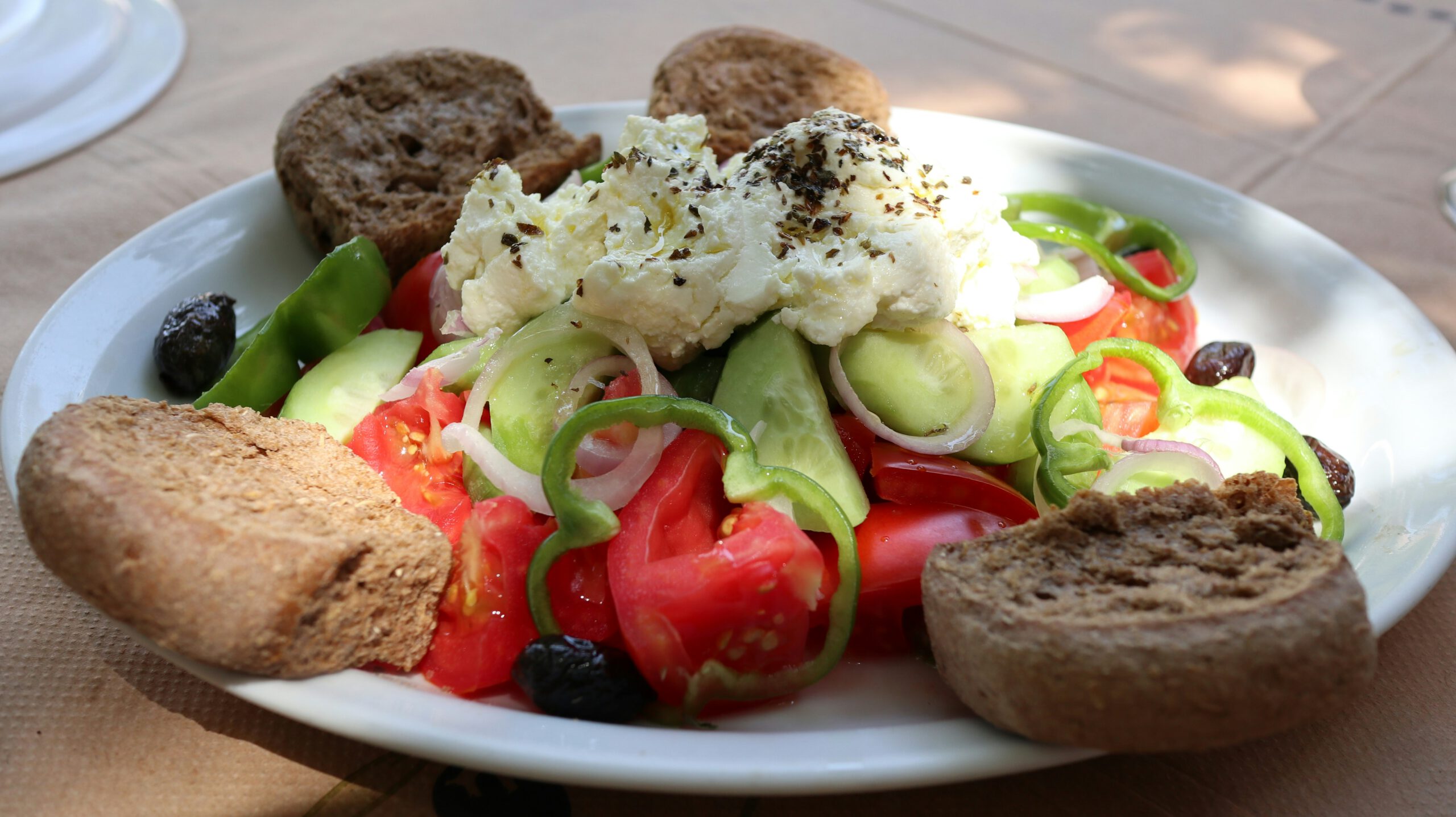
Cretan Cuisine: Why Is It So Famous?
Cretan cuisine is world famous. Many articles, tv-shows and Reddit-debates have been going on about it. Among its many contributions to world heritage, Cretan cuisine stands out for its rich flavors, health benefits, and deep-rooted traditions. This diet is rich in fruits, vegetables, grains, olive oil, and fish, with minimal processed foods and meats. This culinary fame is not just about the food itself but also the story of an island where every dish tells a tale of the land, its people, and their history. Let me tell you why it is so famous.
The foundations of Cretan cuisine
On Crete, the bounty of the land—fruits, vegetables, grains, and herbs—has shaped the dietary habits of its people since antiquity. Modern Cretans, recognizing the unmatched quality of their local produce, continue to embrace these traditional dietary practices, seeing little need for change in a formula that has proven successful for millennia. In contemporary Crete, one can find dishes that have remained virtually unchanged for 4,000 years.
The Cretan diet: a model of healthy living
The Cretan diet, though deeply ingrained in the island’s way of life for centuries, gained international acclaim relatively recently. Historically, it was seen as a necessity, a way of making do with the limited resources available due to Crete’s turbulent history, marked by wars and foreign invasions. However, in the early 1990s, the global spotlight turned to this humble diet when medical research began to unveil its remarkable health benefits.
The landmark Seven Countries Study by Professor Ancel Keys highlighted the exceptional longevity and low rates of heart disease and cancer among Cretans, attributing these traits to their traditional diet of greens, vegetables, pulses, and minimal meat consumption, complemented by the occasional glass of wine. This study, alongside subsequent research, not only propelled the Cretan diet to fame but also underscored the wisdom of a way of eating that had sustained generations of Cretans, turning their once simple survival strategy into a globally recognized paradigm of healthy living.
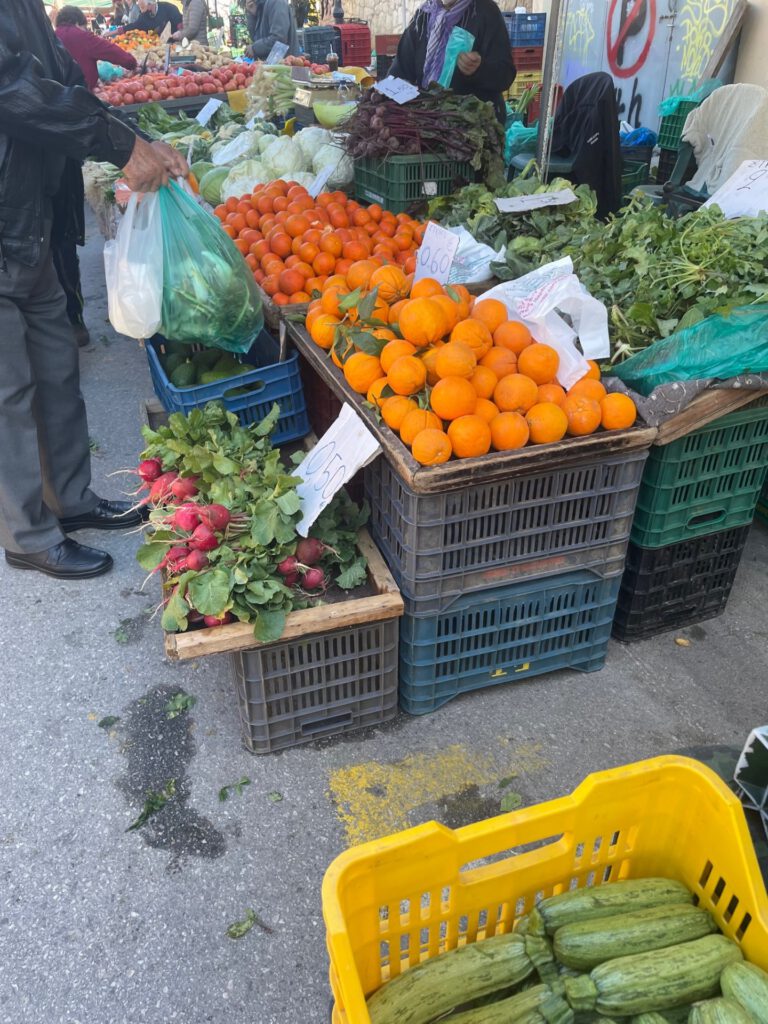
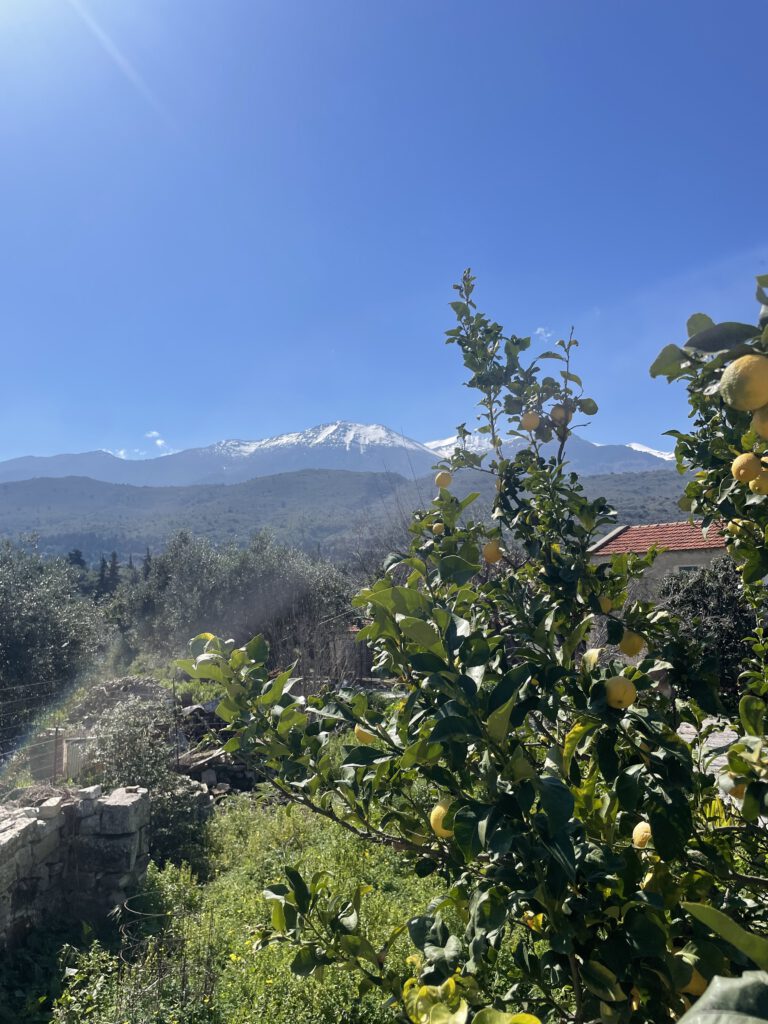
Key Ingredients of Cretan Cuisine
Olive oil is the lifeblood of Cretan cooking, used liberally and cherished for its nutritional value and flavor. The island’s rugged terrain and climate are ideal for cultivating olive trees, some of which are centuries old. Fresh vegetables like tomatoes, zucchinis, and greens dominate the Cretan plate, often accompanied by a wide variety of legumes, fresh fish caught from the Mediterranean, aromatic herbs, and dairy products like the famed Cretan cheese like mizithra. These ingredients, fresh and simple, are the building blocks of the island’s culinary masterpieces.
Snails, too, have a longstanding place in Cretan cuisine, prepared with a simplicity that enhances their natural flavor, fried and seasoned with vinegar, wine, and herbs. Paximadi, a bread made predominantly from barley, is baked and then sun-dried—a practice originally intended to extend its shelf life but now a method to prepare the base for Dakos, a beloved local dish topped with tomatoes and cheese.
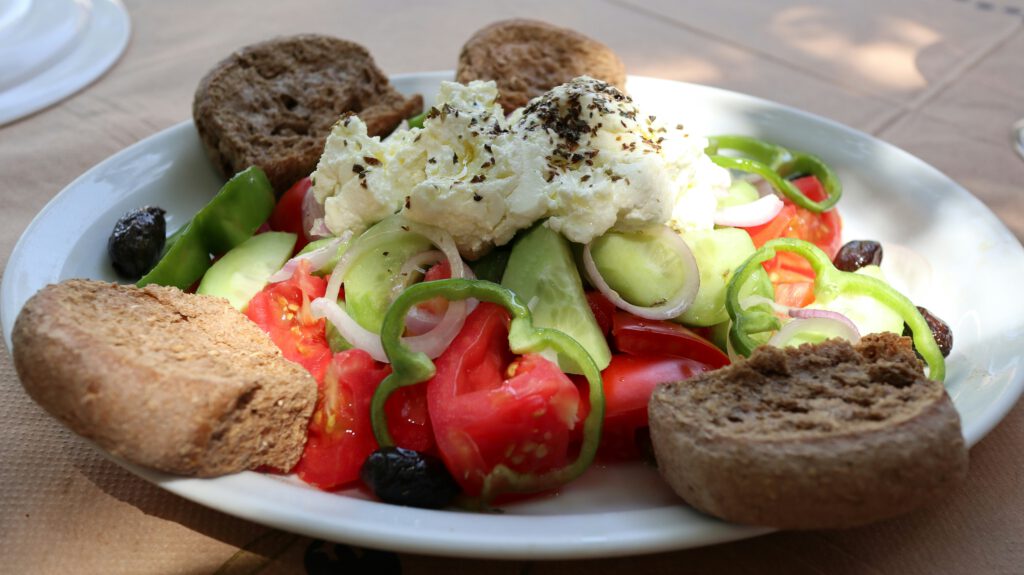
Signature vegetarian dishes that define Cretan cuisine
Whether you’re a vegetarian, vegan, or simply a lover of good food, these traditional Cretan dishes invite you to explore a world of taste that’s both ancient and surprisingly modern. This are tasty vegetarian dishes you can find on the island:
- Dakos: A rustic yet refined dish featuring barley rusk topped with juicy chopped tomatoes and creamy mizitra cheese. A generous drizzle of olive oil completes this dish, often enjoyed as a light meal or appetizer.
- Fava: A creamy, comforting dip made from yellow split peas blended with olive oil, a squeeze of lemon juice, and occasionally garlic, serving as a perfect meze or side dish.
- Gemista: A celebration of vegetables, this dish involves tomatoes, peppers, eggplants, or zucchini, hollowed and filled with a herby, spiced rice mixture, then baked to perfection.
- Spanakopita: This savory pastry marries phyllo dough with a filling of spinach, optional feta cheese, and a harmony of herbs and spices, creating a snack or appetizer that’s as flavorful as it is satisfying.
- Melitzanes Papoutsakia: Eggplants transformed into culinary boats, filled with a savory blend of onions, garlic, tomatoes, and herbs, optionally topped with cheese, and baked until tender.
- Kolokithokeftedes: Please try to say this in the restaurant when you order. 😉 These crispy zucchini fritters, combining grated zucchini, onion, and herbs, fried to a golden crisp, offer a delightful meze or appetizer that’s hard to resist.
- Gigantes Plaki: Giant beans luxuriate in a rich tomato sauce with onions, garlic, and herbs, creating a dish that’s typically savored as a main course or side, often accompanied by bread or barley rusks.
- The social aspect of Cretan eating habits
In Crete, meals are more than just sustenance; they are a communal event, a time to gather, share, and celebrate life. This social aspect of dining is integral to Cretan culture, where food is generously shared, and everyone, including guests and strangers, is welcomed to the table. It is in these gatherings that the spirit of Cretan cuisine truly shines, bringing people together in a celebration of life’s simple pleasures.
When visiting Crete, you will hopefully experience the kind hospitality when you go out for dinner. Try out a simple neighbourhood restaurant, or go into a village and you will probably be welcomed with kindness and thanked with raki and dessert.
